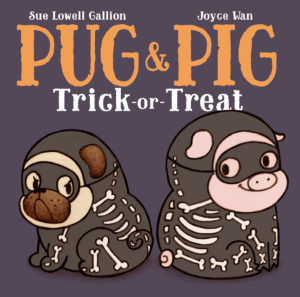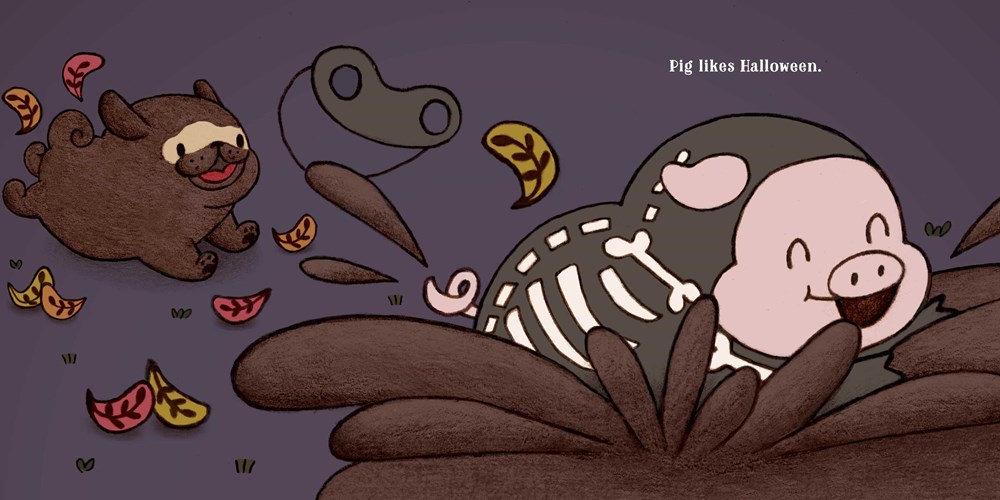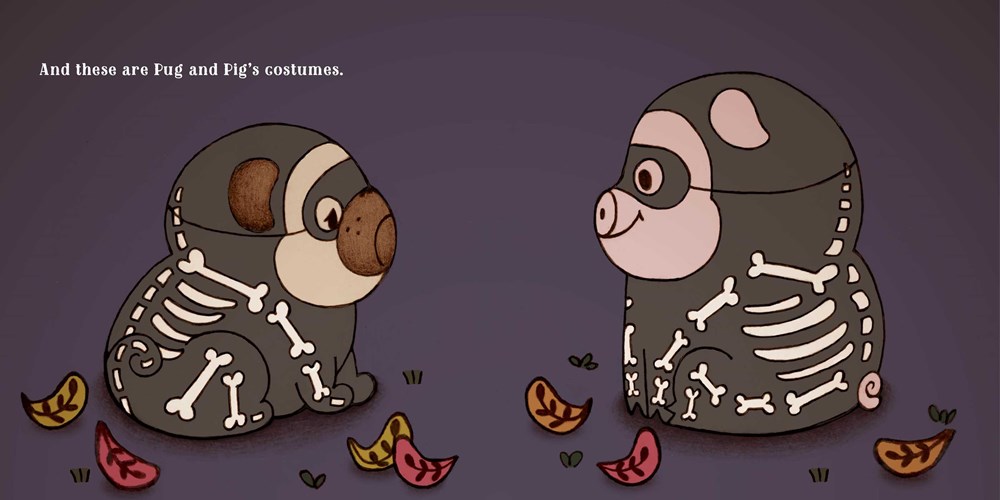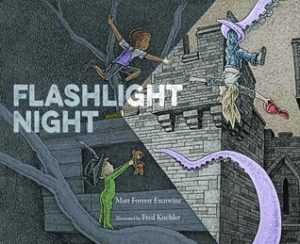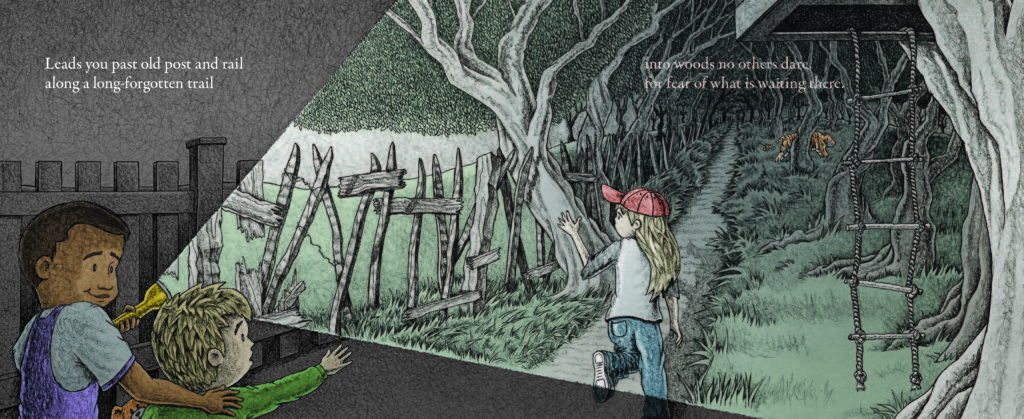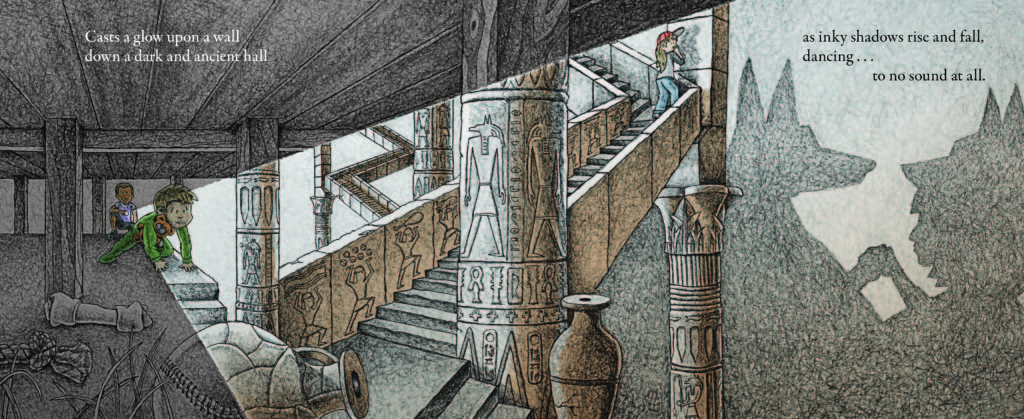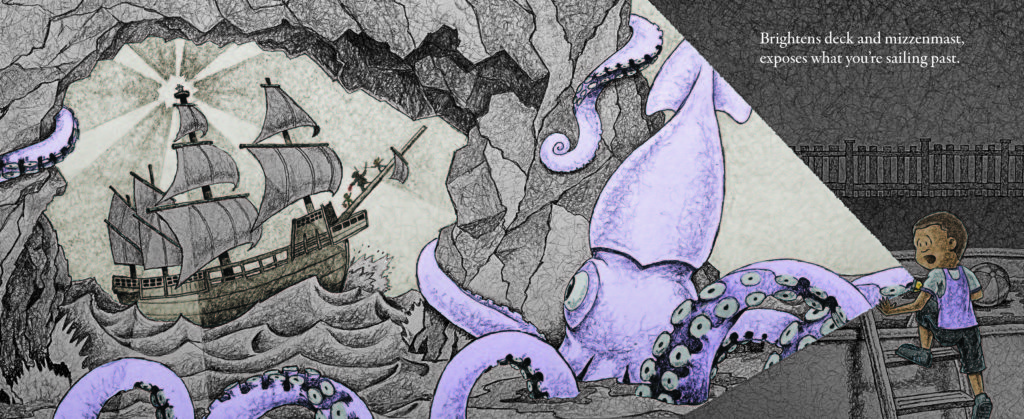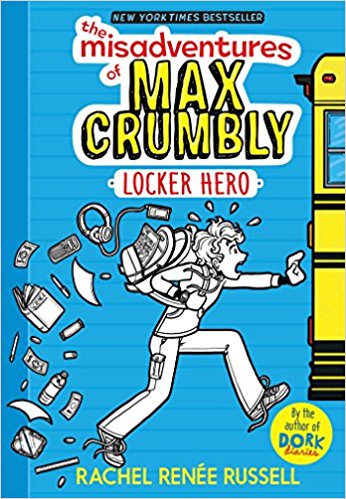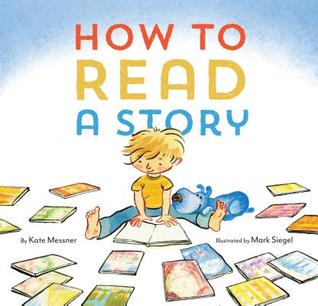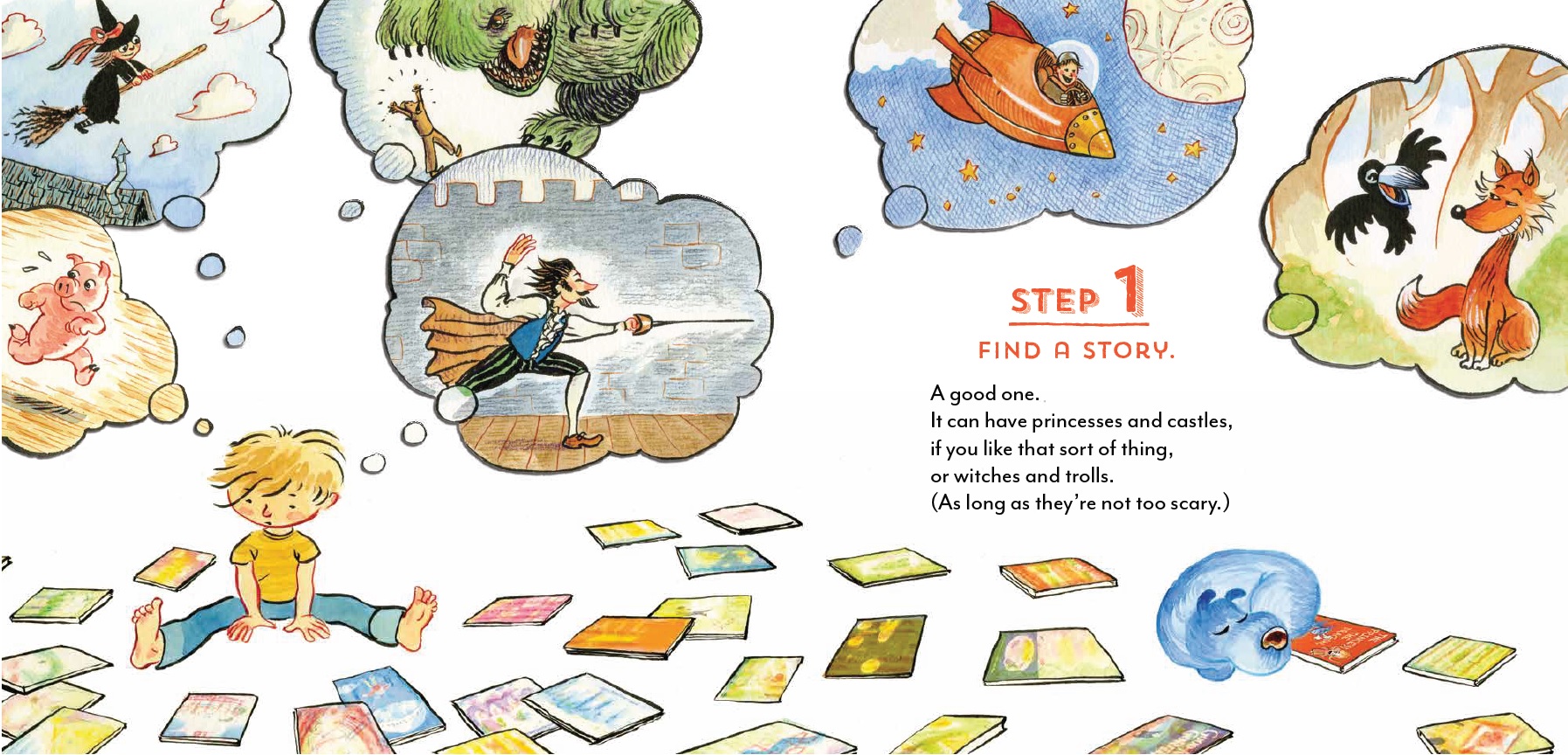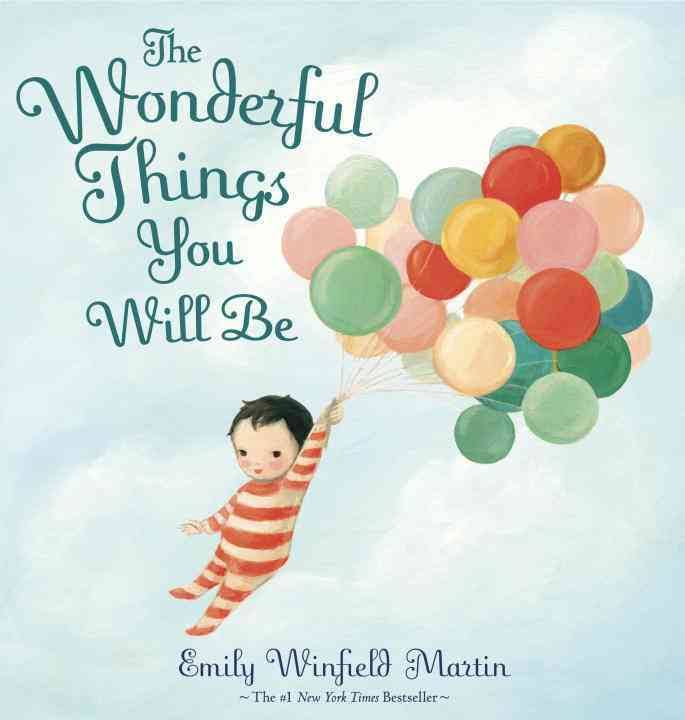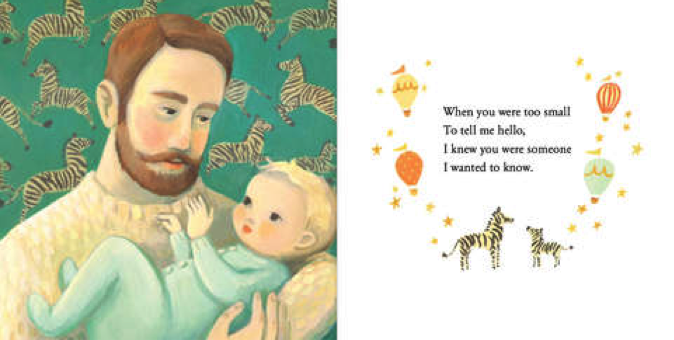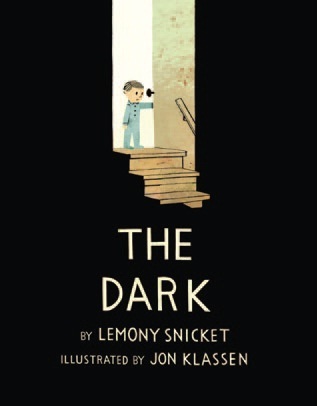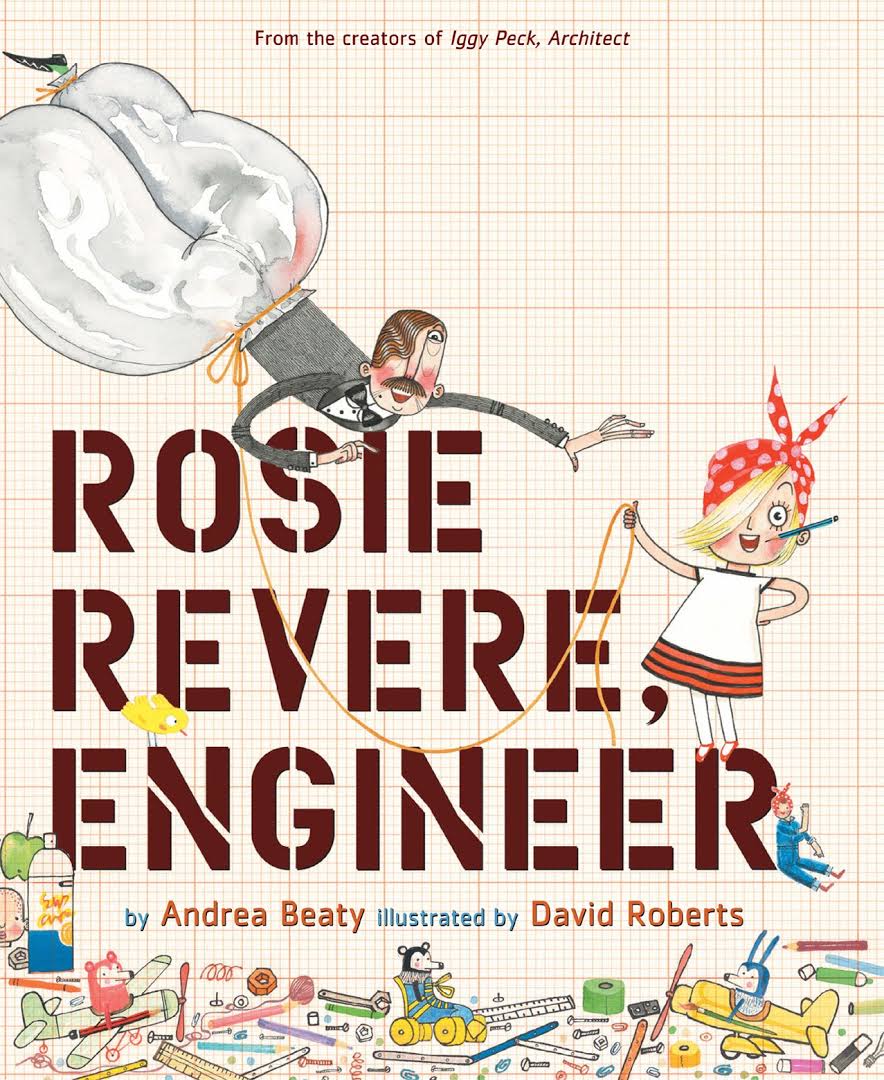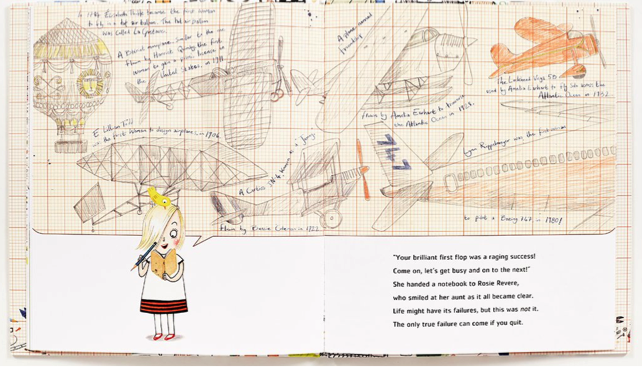Pug & Pig: Trick-or-Treat
Author: Sue Lowell Gallion; Illustrator: Joyce Wan
Published: July 25, 2017 by Beach Lane Books
Summary: Pug and Pig are back for a heartwarming Halloween adventure in this adorable picture book that’s perfect for pet lovers of all ages.
Halloween night has come to Pug and Pig’s house, and the darling duo is sporting matching costumes. The costumes are cozy. They glow in the dark. And they have masks! There’s only one problem—Pug hates wearing his. So he decides to rip it up and stay home. But Halloween just isn’t any fun for Pig without Pug! Can Pug find a way to be a good friend and get back into the Halloween spirit?
Ricki’s Review: This is a phenomenal second installment in the Pug & Pig series! I really enjoy the personalities of these two characters, and I can’t help but smile as I read the stories. In this book, Pug decides that he doesn’t enjoy wearing his Halloween costume. Pig isn’t too pleased with this. Together, they devise a clever solution! Early readers will absolutely adore this charming story. It would make for a great Halloween read aloud! We’ll be bringing our copy to my son’s preschool to use as a read aloud this week!
Teachers’ Tools for Navigation: Teachers might ask students to make connections with the book. They could discuss whether or not they’ve had a time where they haven’t wanted to participate in an activity. Or perhaps, they didn’t care about something that their friends cared deeply about. Students might talk through these conflicts and problem solve by suggesting different ways they might approach the situations.
Be sure to download the fun activity kit, complete with masks, cupcake toppers, a coloring sheet, and more! (The link also takes you to a Common Core-aligned discussion guide.)
Discussion Questions: Why does Pug want to stay home? How does this make Pig feel?; Have you ever wanted to stay home when your friends or family wanted to do something? What did you do? What are some other ways you could have acted?; What are some other costumes that Pug and Pig could have been for Halloween?
Flagged Passage:
Read This If You Loved: Pug Meets Pig by Sue Lowell Gallion; Pig the Pug by Aaron Blabey; Dog vs. Cat by Chris Gall; Mr. Fuzzbuster Knows He’s the Favorite by Stacy McAnulty
Giveaway!:
About the Author: Sue Lowell Gallion is the author of Pug Meets Pig and Pug & Pig Trick-or-Treat (Simon & Schuster/Beach Lane Books). She has two grown-up kids, one grandson, and a black lab mix named Tucker, who all provide writing inspiration. As a printer’s daughter, she has a life-long love of type, paper, and the aroma of ink. She lives in Kansas City, KS. Visit Sue at suegallion.com, follow @SueLGallion on Twitter, and check out her kids’ book recommendations at Goodreads.
Thank you, Barbara from Blue Slip Media, for sending a copy for review!
